A Korean pear which is exactly similar to the Asian apple of the yellow variety is a large, spherical fruit that is eaten raw or used as a sweetener in sauces and marinades.
It can also be used as a garnish on salads. The fruit that native Koreans refer to as “bae” is more commonly referred to as a Korean pear in English.
They can only be found on trees of the species Pyrus pyrifolia, which is known for its stunning flowers in the springtime.
This fruit is also known as a Nashi apple, apple pear, Asian pear, Japanese pear, Chinese pear, sand pear, and bapple, which is undoubtedly the prettiest name for the fruit. Other names for this fruit include bapple.
Apple pears are often the name given to Korean pears in the produce sections of many convenience stores and supermarket stores in residential neighborhoods.
However, contrary to what some of these names might imply, the fruit is not a cross between an apple and a pear. It is entirely its own species.
However, it is a name that does an excellent job of describing what they are because of its round shape, crunchiness, and texture that is quite similar to that of an apple.
Asian pears, much like apples, have the most delicious flavor when they are allowed to ripen on the tree and are ready to eat as soon as they are plucked from the ground.

This eliminates the need to wait for the fruit to ripen before eating it, which is necessary for the ingestion of a great number of other fruits.
Because they do not become softer and sweeter over time like pears from the West do, there is no need to wait to consume them because you will not miss out on any of the flavors.
The flesh of an Asian pear can be described as firm, crisp, sweet, and, towards its center, slightly sour, and it can produce a lot of juice.
They are neither baked into pies nor are they preserved by being turned into jams or jellies because of their high water content, which results in a low-calorie count.
At home in Korea, they are peeled and eaten raw as a dessert or a snack; they are also eaten raw in salads, and they are used as a sweetener in the process of cooking and marinating.
In comparison to bosc pears from the West, these pears are less mushy and have a texture that is more similar to a grain.
The simplest solution to the question of what to do with a large Korean pear is to follow the example set by Koreans and consume it raw as a sweet treat. This is the practice that is most commonly observed.
The cultivation of Asian pears can be a labor-intensive process, and because the fruit is easily bruised from rigorous handling, packing, or plucking, it is imperative that it be packaged with individual padding or in soft trays similar to those used for eggs.
As a consequence of this, these pears can be rather pricey; hence, in Korea and other East Asian countries, they are typically presented as gifts or offered to guests.

A great number of people cannot contain their excitement over getting their hands on this scrumptious and nutritious food.
You might wish to stick to this custom rather than giving out sugary candy or chocolates since they are more likely to be consumed.
The colors green, yellow, and brown can be seen on Asian pear in varying degrees. When you go to purchase them, look for fruit that is fragrant, has a firm texture, and has very few or no bruises on the skin. To put it another way, choose the fruit that piques your interest the most based on its appearance.
If the pear is mushy and brown, it is highly unlikely that you will choose to carry it home with you. However, once you have selected your fruit, you should be aware that pears store well and can remain edible for many weeks when kept in a cold, dry location or for several months when stored in the refrigerator.
The large golden fruit of the yellow delicious apple tree ripens late and develops a fine and sweet flavor. If you are wondering what to do with a large Korean pear, the easiest answer is to do what Koreans do and simply eat it raw as a dessert.
If you are wondering what to do with a large Korean pear, the easiest answer is to do what Koreans do and simply eat it raw as a dessert.
In spite of the fact that yellow delicious apples are most commonly associated with being eaten fresh, they are also an excellent choice for baking, applesauce, and preserves. They are also easy to store, having a shelf life of three to six months when kept in the refrigerator.
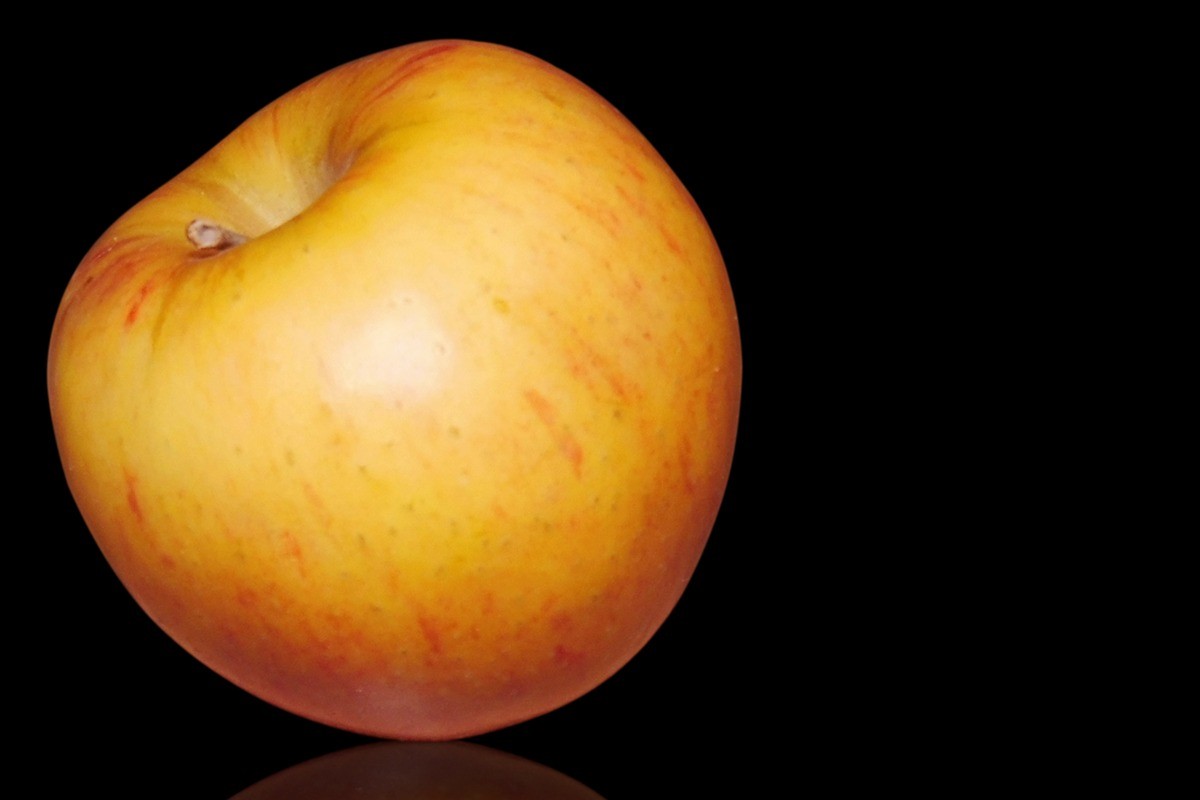
While apples can be found growing in gardens and orchards all over the world, in Korea, they hold a special cultural significance for the country’s most important celebrations.
As a consequence of this, the cost of these items is frequently prohibitively high. During particular periods of the year, such as the time period surrounding Chuseok, consumers may notice that grocery stores are stocked with more aesthetically pleasing packaging for their apples.
People in Korea purchase these one-of-a-kind apple boxes to give to friends and family as presents. Although the cost of these apples can vary from store to store, you should typically budget somewhere about one hundred dollars to purchase them.
In addition to the effects of consumer culture, one of the factors contributing to the exorbitant price of these apples is the fact that they are locally cultivated in South Korea. The apples that are on the trees are picked by local apple growers around the time of Chuseok.
These particular apples are referred to as “hong no apples,” and the Jangsu district of South Korea is renowned for being the primary harvesting location for the vast majority of them.
Even though they are technically pears, Asian pears more closely resemble apples in terms of their appearance. These yellow-green fruits have a tendency.
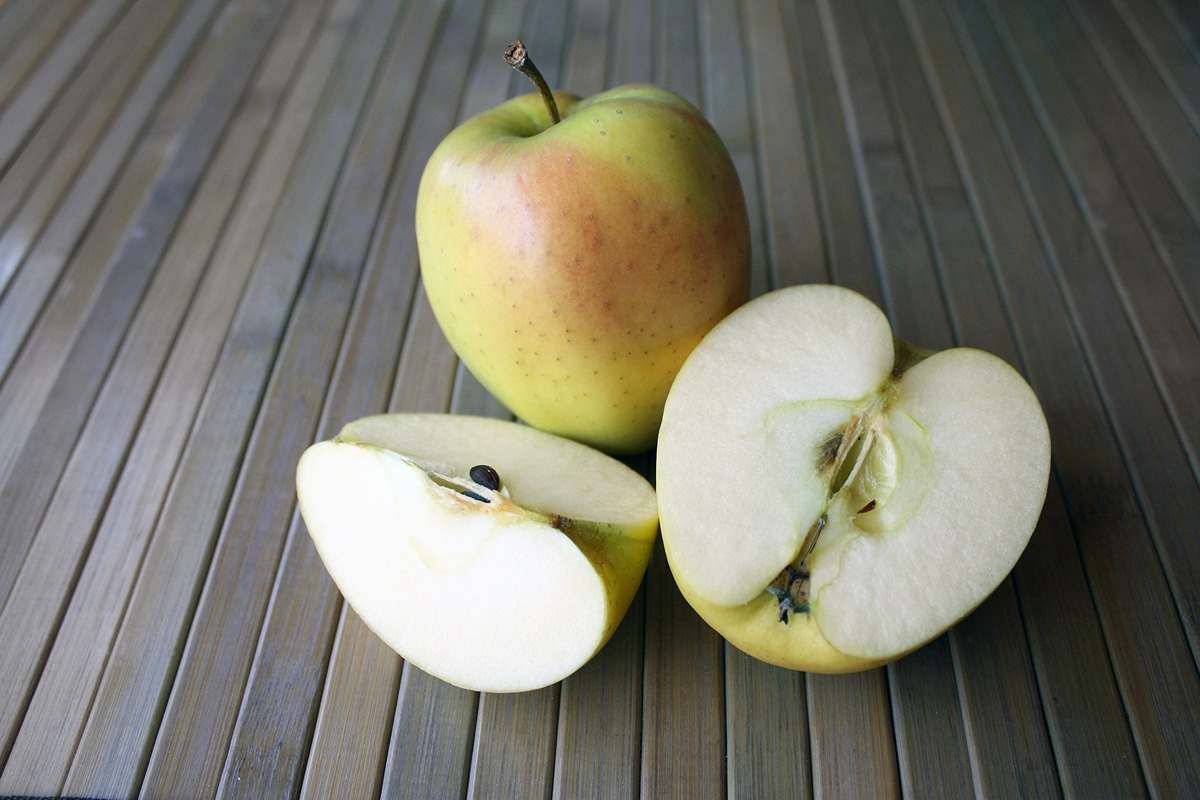
to be round and so full that you want to cup them in your hands and just marvel at their delicately spotted skin for a time before you take the first luscious bite.
Some Chinese kinds of Asian pears have the usual pyriform, or pear-shaped, a figure that is associated with European pears.
However, this is not always the case, as is the case with the majority of things in life. In addition, the skin of Asian pears can come in a wide range of textures and colors.
Some varieties have a smooth surface, and while we typically think of Asian pears as having a warm, sandy brown color (1, below), Asian pears can also come in yellowish, greenish, and even reddish hues.
After being picked, Asian pears will continue to ripen, so it is best to store them in the refrigerator if you are not going to consume them right away.
However, it is recommended that you allow them to return to room temperature before eating so that you can experience the full range of their flavor.
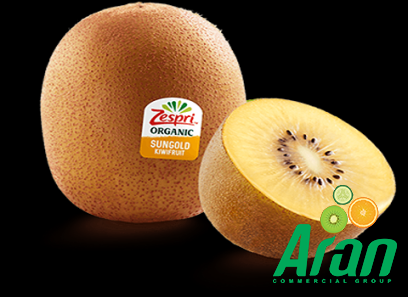
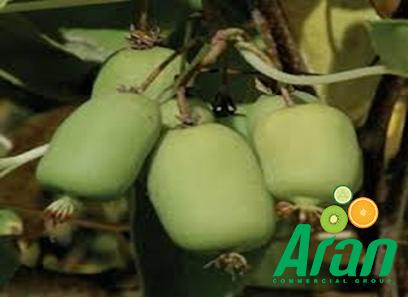
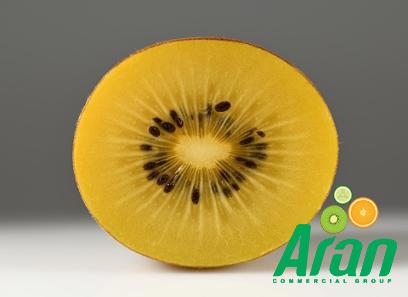


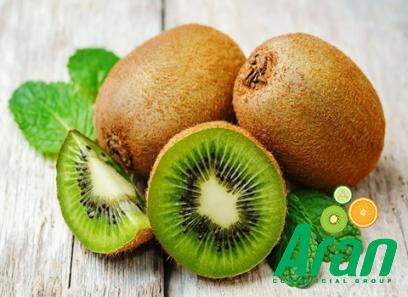

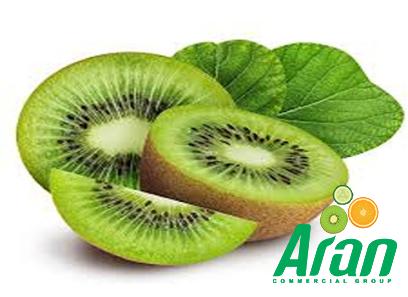

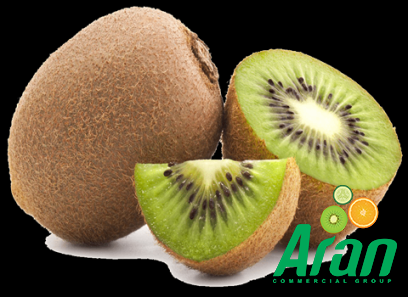
Your comment submitted.